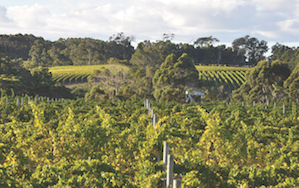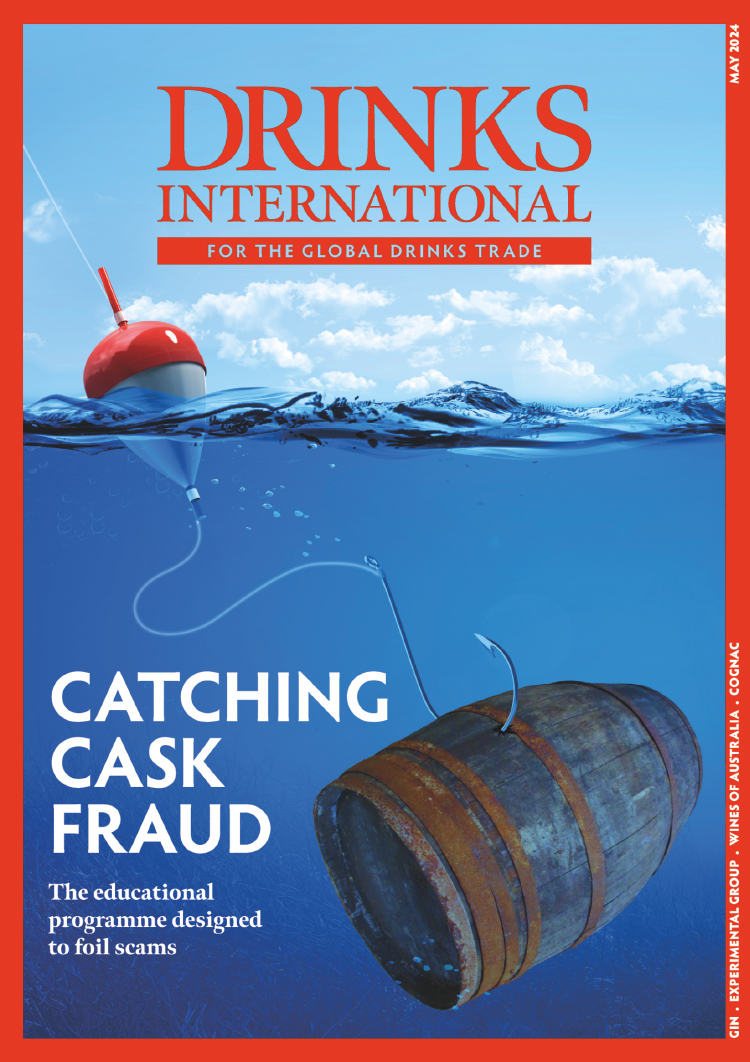The offering of Australian wine has never been stronger or more diverse,” according to Louisa Rose, head of winemaking at Yalumba and Hill-Smith Family Vineyards. “Wines are available both domestically and internationally from a range of regions, producers and varieties. This means there are wines at all price points and styles available.”
And Rose is not alone in feeling confident about the country’s current offering. Wine Australia’s UK, Ireland & mainland Europe director Yvonne May also says that Australia has never been in better shape.
May reports that the average value of total exports increased by 0.4% to AUS$2.61 per litre, helped by a 3% increase in the average value of bottled exports to A$4.54 per litre, the highest average for bottled exports since the global financial crisis hit in 2008.
But in the year ended September 2013, the volume of wine exports declined by 3% to 684 million litres, valued at A$1.78 billion. The volume decline was in red wine (down 9% to 394 million litres) but white wine was up 5% to 276 million litres.
Both bottled and bulk wine exports declined during the year. Bottled wine exports declined at the fastest rate, down 6% to 305 million litres, while bulk shipments declined by 2% to 371 million litres. Bulk wine now accounts for a 54% share of all wine exported from Australia, up one percentage point on the previous year.
May is bullish. “We have some of the best selling wines in the world, which is a triumph for a nation that only produces 4% of the world’s wine – but we are also keen to encourage trade and consumers alike to increasingly turn to Australia for their fine wines.
“If we want to raise the game for Australia and start to increase our profit margins while enjoying better recognition and international credibility for our top-end wines – and all the £8-plus wines that lie in between – we need to create buzz around readily understood quality cues. Regionality (see panel above right) is the obvious one and deserves sustained messaging. It is, to quote Robert Joseph: ‘The grammar of fine wine.’ And key gatekeepers for this sector, such as the independent merchants and sommeliers, look to it. It’s where we can tell a powerful story,” says May.
Accolade Wines claims to be Australia’s largest wine company with a 12% market share, and its Hardys brand is the number one Australian wine brand
Paul Schaafsma, Accolade’s general manager for UK, Ireland and America, Middle East & Sub-Continental Africa, tells Drinks International: “The outlook is very positive and we believe Australia is still driving the category.”
To that end Accolade has just embarked on a major advertising campaign for Hardys in the key UK market.
Schaafsma continues: “Australian wine is synonymous with red wines in consumers’ minds. Shiraz is the key wine associated with Australia. Overall Australian wines are expected to have a fresh, fruity flavour, well balanced and reliable – expected to taste good.”




